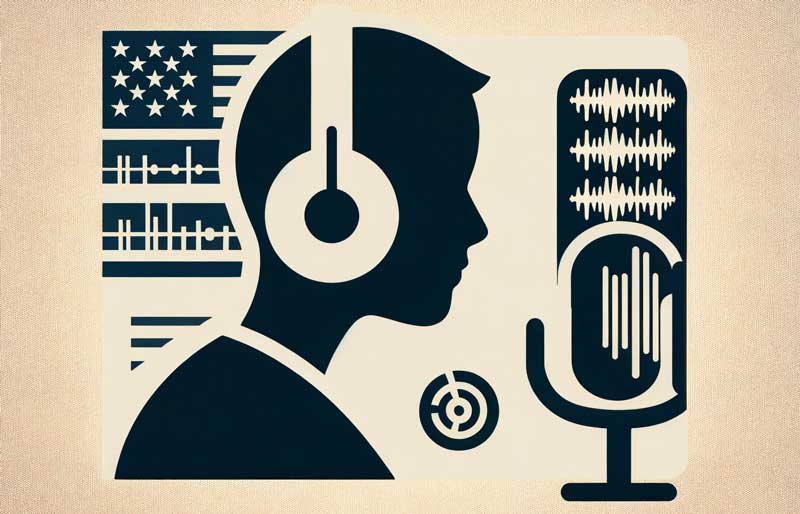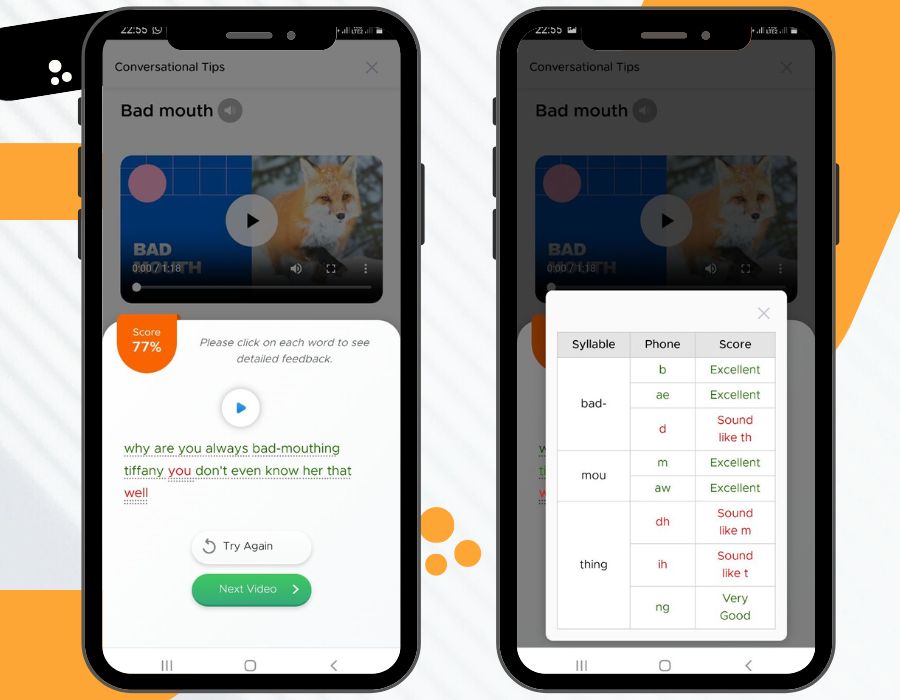
An ESL teacher once remarked, “My students understand me better now that I’ve improved my American accent.” This highlights a key aspect of ESL teaching—the impact of accent on effective communication. This article explores the significance of the American accent training for ESL teachers and its influence on language instruction. It will cover everything from the nuances of the accent to practical training methods.
A clear American accent not only bolsters an ESL teacher’s credibility but also ensures clarity in instruction. Students learning American English often have expectations regarding accent, associating it with authentic language acquisition. Additionally, understanding and teaching the accent aids in conveying the cultural subtleties embedded in the language.
The American accent, characterized by specific phonetic and phonological traits, varies across regions. However, the focus here is on the General American accent, known for its widespread acceptance. Understanding its unique rhythm, stress, and intonation patterns is crucial for ESL teachers.
For ESL teachers, a crucial first step in accent training is to conduct a thorough analysis of their current accent. This involves identifying specific characteristics of their speech that differ from the American standard. Recording one’s own speech and listening back critically can be an eye-opening experience, revealing nuances and patterns previously unnoticed. It’s essential to pay attention to aspects like vowel and consonant sounds, intonation, rhythm, and stress patterns, which are key components of the American accent.

Various self-assessment tools can significantly aid in this process. Speech analysis software, for instance, can provide detailed feedback on pronunciation, highlighting areas that need improvement. These tools often use advanced algorithms to compare a speaker’s accent with the standard American accent, offering objective insights into the specific aspects of pronunciation that require attention. Additionally, resources like pronunciation charts and IPA (International Phonetic Alphabet) symbols can help teachers understand and practice the precise sounds that characterize the American accent.

These techniques, employed consistently, can significantly enhance an ESL teacher’s proficiency in the American accent, leading to more effective language instruction and communication.
Various pronunciation apps and software such as ChatterFox are available to assist in accent training. Online resources, including courses and YouTube channels, provide valuable content for learning, while speech analysis software offers instant feedback.

Incorporating accent training into lesson plans enhances ESL teaching effectiveness. Strategies include peer feedback and practical language use in real-life scenarios to improve the American accent.
Maintaining motivation is a key challenge in accent training. Setting achievable goals and celebrating progress helps sustain interest. Balancing accent improvement with personal identity is also crucial, emphasizing that accent training enhances communication rather than alters personal identity.
Plateaus and frustration are common in learning. Understanding that progress is non-linear can ease disappointment. Consistent practice, even in small daily doses, and using varied learning resources can help overcome these challenges. Joining ESL communities for support and shared experiences also offers encouragement and practical tips.
For those seeking more structured and in-depth training in accent reduction training, a variety of options are available. Professional workshops and personalized coaching sessions can offer tailored guidance and intensive practice. Certification programs, specifically designed for accent reduction and American accent training, can provide a comprehensive curriculum that covers all aspects of accent mastery.
In addition to these formal training avenues, joining ESL communities and forums can be incredibly beneficial. These platforms not only offer support and exchange of tips among peers but also provide access to a wealth of shared knowledge and experiences.
A notable resource for American accent training is ChatterFox, a pronunciation app specifically designed to assist in mastering the American accent. ChatterFox uses AI technology to offer personalized feedback and exercises, making it a valuable tool for both independent learners and those enrolled in professional courses. Its interactive features and targeted approach make it an excellent supplement to traditional learning methods, providing practical, on-the-go training to refine pronunciation and accent.
Mastering the American accent is an ongoing process vital for ESL teachers. This article summarizes key strategies and encourages continuous effort in this journey.